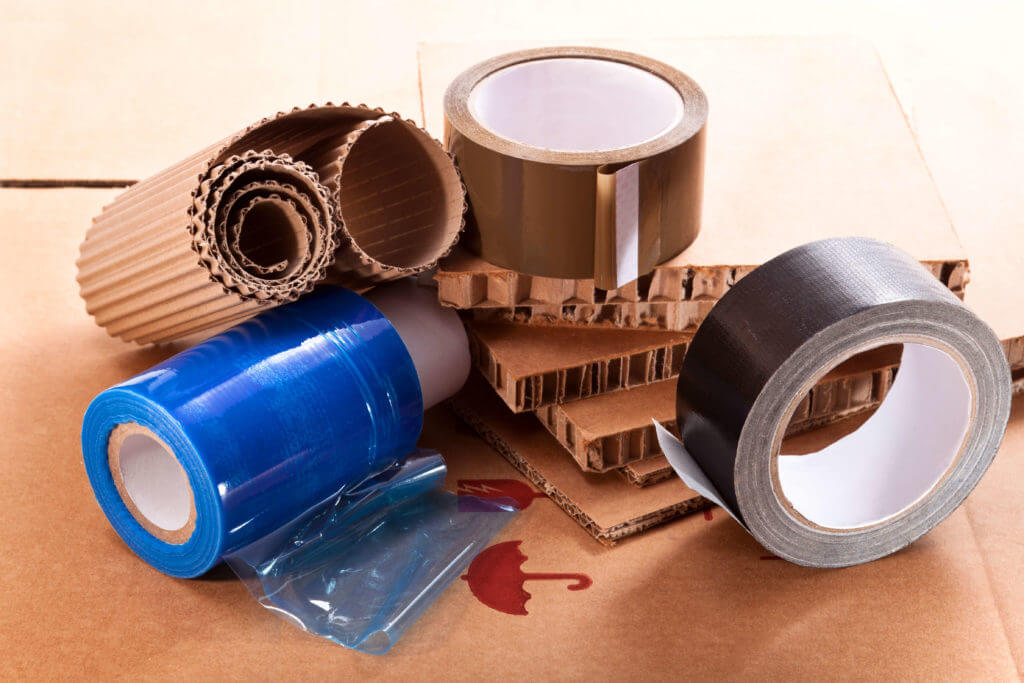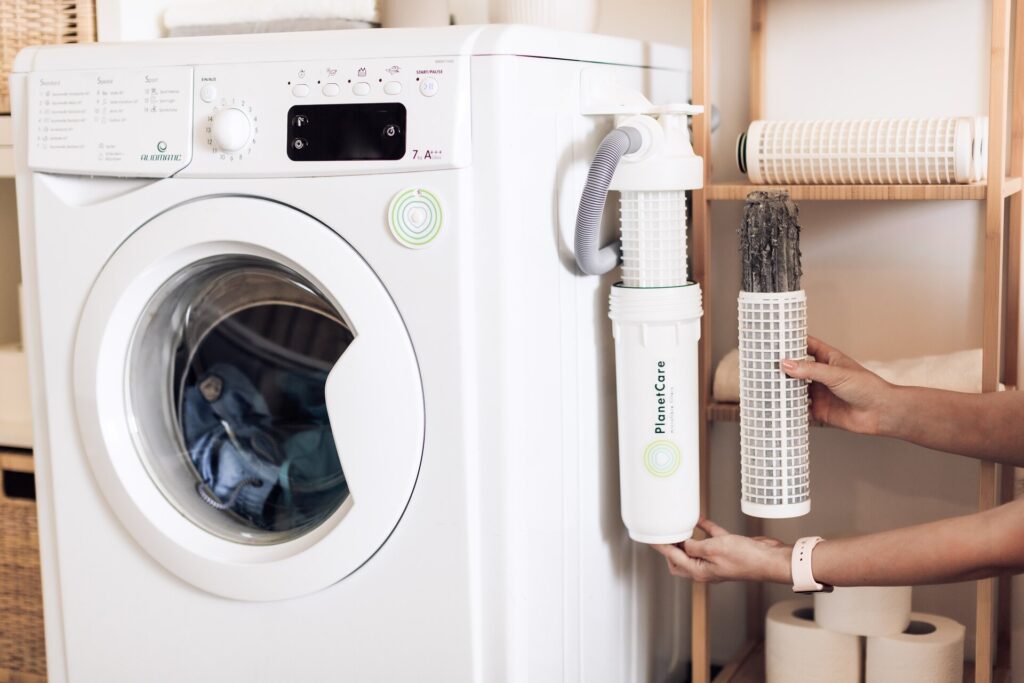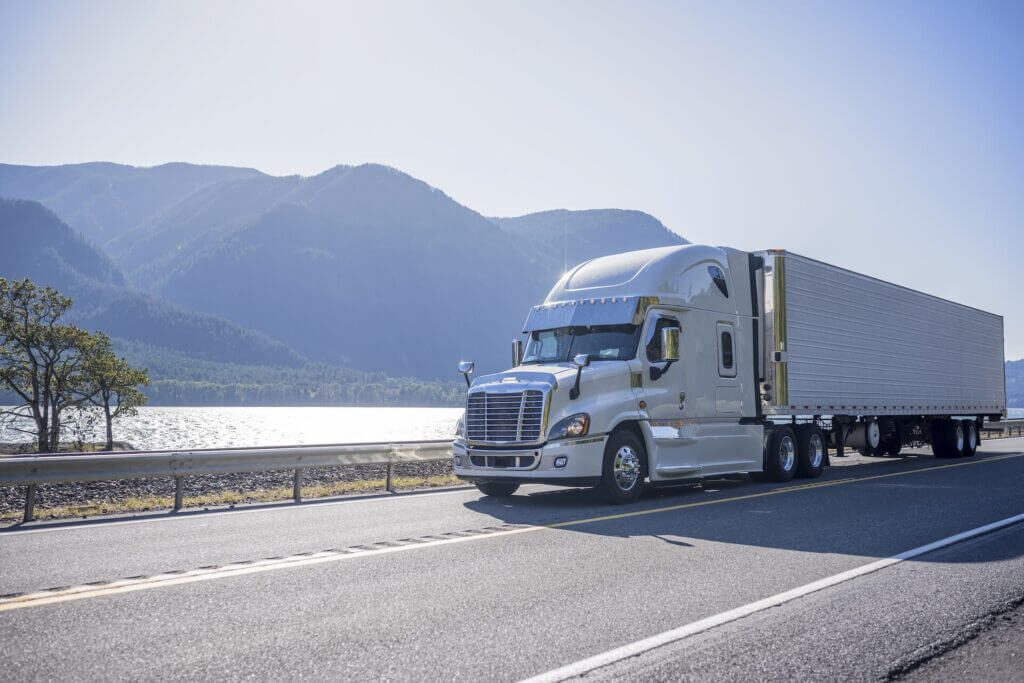With the right approach and careful planning, you can successfully relocate your washing machine without a hitch. In this guide, we will provide you with valuable tips and step-by-step instructions on how to move a washing machine efficiently. If you’re facing a long-distance move, considering professional long-distance movers can alleviate the stress and ensure the safe transportation of your washing machine and other belongings.


Do you want to know how to move a washer? It’s simple. Begin by disconnecting the power and water supply and draining any remaining water. Protect the washer with blankets or furniture pads and secure it using straps. Use a dolly or hand truck for easier transportation, and navigate stairs and tight spaces with caution. Finally, reconnect and test the washer at your new location to ensure it is functioning properly.
Preparation plays a vital role in achieving a smooth and stress-free relocation of your washing machine, particularly when you find yourself relocating far away from family and familiar surroundings.
By taking the time to plan and gather the necessary supplies, you can ensure that your washer arrives at its new destination unscathed. Start by assessing the requirements of your relocation, such as the distance, transportation method, and any potential obstacles you may encounter.
When preparing a washing machine for relocation, it is crucial to take certain steps to ensure its safety and prevent any damage during transportation. Start by disconnecting the appliance from the power source and disconnecting any hoses or attachments. Thoroughly clean the washer and allow it to dry completely to prevent moisture-related issues.
Consider the services of a reliable long-distance moving company that specializes in appliance relocation. Go online and search for “long-distance movers near me” who have the expertise and equipment necessary to safely transport your washer, ensuring it arrives at your new location in optimal condition.
Here is a video that will inform you about how to thoroughly clean the washer:
To successfully move a washing machine, it is essential to gather the necessary supplies and equipment beforehand. Here’s a list of essential tools and materials for a smooth relocation while protecting floors and ensuring a seamless transition to your new home.
By having these tools and materials readily available, you can streamline the process and ensure the safe transport of your washer.

To drain a washer properly, follow these step-by-step instructions to prevent water leakage and thus relocate safely:
To ensure a thorough cleaning and proper disconnection of your washer before relocating, follow these steps. Begin by removing any remaining water from the drum. Run a short cycle with no laundry, using hot water to flush out any residual water. Once completed, open the drain pump filter or access panel located at the bottom of the machine and carefully drain any remaining water.
To ensure the drum is completely dry, leave the washer door open for a few hours or use a towel to wipe away any moisture. Next, disconnect the hoses by turning off the water supply valves and releasing any pressure in the lines. Use pliers to loosen the hose connections and a towel to catch any drips. Similarly, disconnect the electrical connections by unplugging the power cord.
Keep all disconnected hoses, cords, and other small parts organized and labeled for easy reinstallation at your new location. By following these steps, you’ll be well-prepared for move-out cleaning and can keep track of all components in your relocation inventory.

When it comes to moving a washer, understanding and employing safe lifting and moving techniques is of utmost importance. These techniques not only ensure the well-being of those involved but also help protect the appliance from damage during transit.
Organizing a relocation requires careful planning and executing proper lifting techniques to prevent strain or injuries. Treat the relocation of a washer with the same level of caution as moving a heavy object like a piano.
Lift with your legs, not your back, and maintain a stable grip while using teamwork to distribute the weight evenly. Consider using a dolly or hand truck to minimize physical strain and make transportation more manageable.
Relocating furniture and other heavy items, such as refrigerators, requires careful evaluation of your capabilities and limitations. Firstly, assess your physical strength and endurance to determine if you can safely handle the weight and size of the washer without assistance.
Consider the path and obstacles involved in relocating the washer, such as stairs or narrow doorways. Take into account the specific requirements of disconnecting and reconnecting the appliance, including the necessary tools and expertise. Things that should be done before moving anything are getting rid of items that will get in the way while moving the washer.

Using different packing materials is easier than handling relocation equipment, so we want to help you. To effectively utilize a dolly or hand truck, start by tilting the washer backward, ensuring a stable grip.
Position the dolly or hand truck beside the washer, aligning the bottom support plate with the base of the appliance. Slowly lower the washer onto the dolly or hand truck, ensuring it is centered and secure.
Secure the washer to the dolly or hand truck using straps or bungee cords, ensuring it is tightly fastened. With the washer securely in place, use the dolly or hand truck’s handles to navigate corners or stairs, employing smooth and controlled movements.
Prioritize safety by ensuring a clear pathway and removing any obstacles that may impede movement. For stairs, consider enlisting the help of additional individuals to assist in carefully lifting and carrying the washer up or down each step. In tight spaces, take measurements to ensure the washer can fit through doorways or hallways, and consider disassembling any removable parts if necessary.

When facing a long-distance move, hiring professional long-distance moving services can provide valuable assistance. They often offer both relocation and packing services, relieving you of the time-consuming and physically demanding tasks involved. By entrusting your washer and other belongings to experienced professionals, you can ensure a smoother and more efficient relocation process.
Now we’ve come to the question of how to pack a washing machine for moving. Well, when preparing the washer for relocation, it is essential to pack and secure it properly to prevent any damage during transit. Begin by disconnecting and removing any detachable parts, such as hoses or attachments. Carefully wrap these components in bubble wrap or packing paper and secure them in a labeled box.
Next, clean the exterior of the appliance and ensure it is completely dry before the relocation. Use moving blankets or furniture pads to protect the surface of the appliance from scratches or dents, and secure them with packing tape.
Finally, consider using straps or bungee cords to firmly fasten it to the dolly or hand truck for added stability during transportation. By following these steps, you can pack quickly and effectively.
When wrapping and protecting the washer for relocation, start by using blankets or furniture pads to cover the appliance completely. Secure the blankets in place with packing tape or stretch wrap to prevent them from shifting during transportation, providing an extra layer of protection against scratches and dents.
Loading the washer into the relocation truck requires careful planning and execution to prevent shifting and movement during transit. Begin by ensuring a clear and stable path from the house to the vehicle, removing any obstacles or tripping hazards.
Use a sturdy ramp or enlist the help of additional individuals to safely lift and maneuver the washer into the vehicle. Once inside, position the washer securely against a wall or use straps and tie-downs to anchor it to the vehicle’s interior.
Strategically place other items around the washer to prevent shifting and movement, using furniture pads or packing materials to fill any gaps and create a snug fit.

When you begin unpacking after the relocation, reconnecting and testing the washer is essential. Begin by carefully reattaching the hoses and electrical connections, ensuring they are securely tightened. Once connected, turn on the water supply and check for any leaks. Finally, plug in the power cord and run a test cycle to ensure the washer is functioning properly in its new location.
Relocating a washer without a hitch can be a complex task, which is why many people choose to enlist the expertise of professional movers. Professional cross-country movers, like Trico Long-Distance Movers, have the experience, equipment, and knowledge to handle the safe and efficient transportation of appliances, including washing machines.
To ensure a smooth relocation experience, customers can contact Trico Long-Distance Movers through our website or by calling our customer service hotline for a reliable and professional cross-country moving service.
To prepare the appliance for relocation, start by disconnecting it from the power source and removing any attachments or detachable parts. Clean and dry the machine thoroughly before packing it securely using blankets or furniture pads.
The steps involved in draining a washer before relocating include turning off the appliance, unplugging the power cord, and disconnecting the drain hose. Place a container beneath the hose to catch any residual water and allow it to drain completely.
Relocating a front-load washer by yourself can be challenging due to its weight and size. It is recommended to seek assistance from others to ensure safe lifting and moving without risking injury or damage to the appliance.
Specific tools and equipment required for relocating a washer include an appliance dolly or hand truck, blankets or furniture pads for protection, straps or bungee cords to secure the machine, and basic tools for disconnecting and reassembling any necessary parts.
To safely lift and maneuver a washer during the relocation, it is important to lift with your legs and not your back. Use proper lifting techniques, have a secure grip, and consider using teamwork or a dolly/hand truck to minimize strain and ensure stability.
Yes, you can use a dolly or hand truck to transport a washing machine. It is a recommended method as it reduces physical strain and provides stability during transportation. Secure the washer to the dolly or hand truck using straps or bungee cords.
When navigating stairs and tight spaces when relocating a washer, take measurements to ensure the machine can fit through doorways and hallways. Enlist the help of others to safely lift and carry the machine, employing caution on staircases to prevent accidents.
Packing materials such as blankets, furniture pads, or bubble wrap should be used to protect a washing machine during transit. You can get them for free, mostly on the Craigslist website. Wrap the appliance carefully, ensuring all sides and corners are adequately cushioned to prevent scratches or dents.
To secure the washer inside a relocation vehicle, position it against a wall or use straps and tie-downs to anchor it to the vehicle’s interior. Place other items around it strategically to prevent shifting and movement, filling any gaps with padding materials.
After the relocation, reconnecting and testing the washing machine involves reattaching hoses and electrical connections, checking for leaks, and running a test cycle to ensure proper functionality. Follow the manufacturer’s instructions and ensure the machine is safely connected before use.